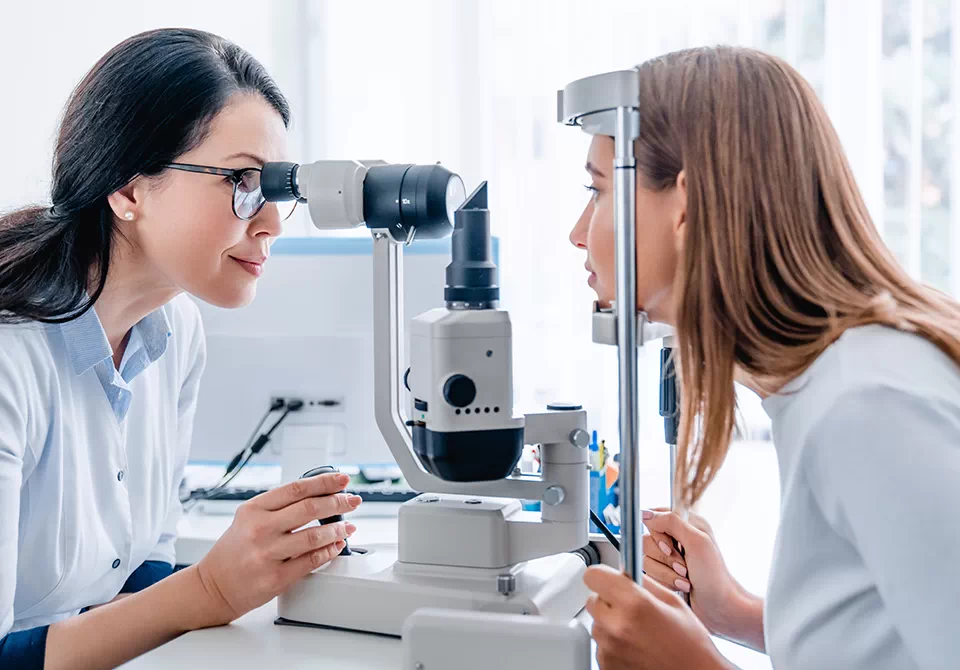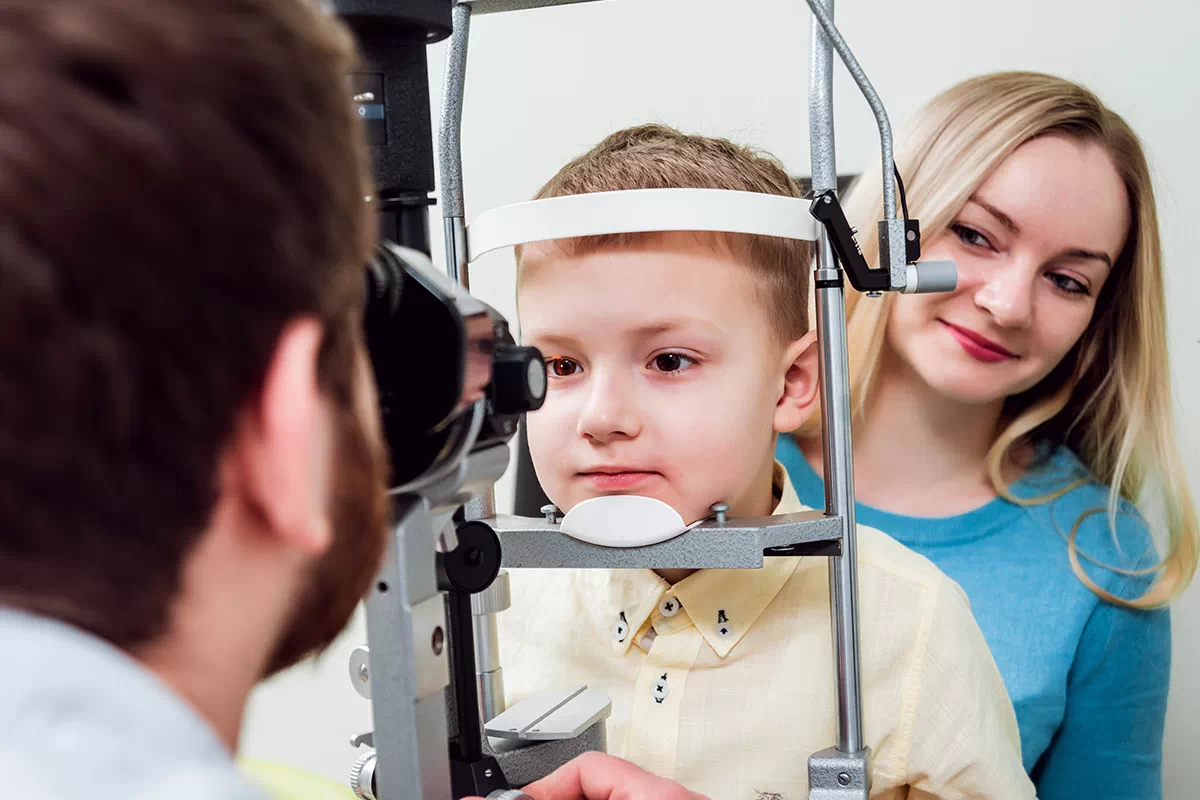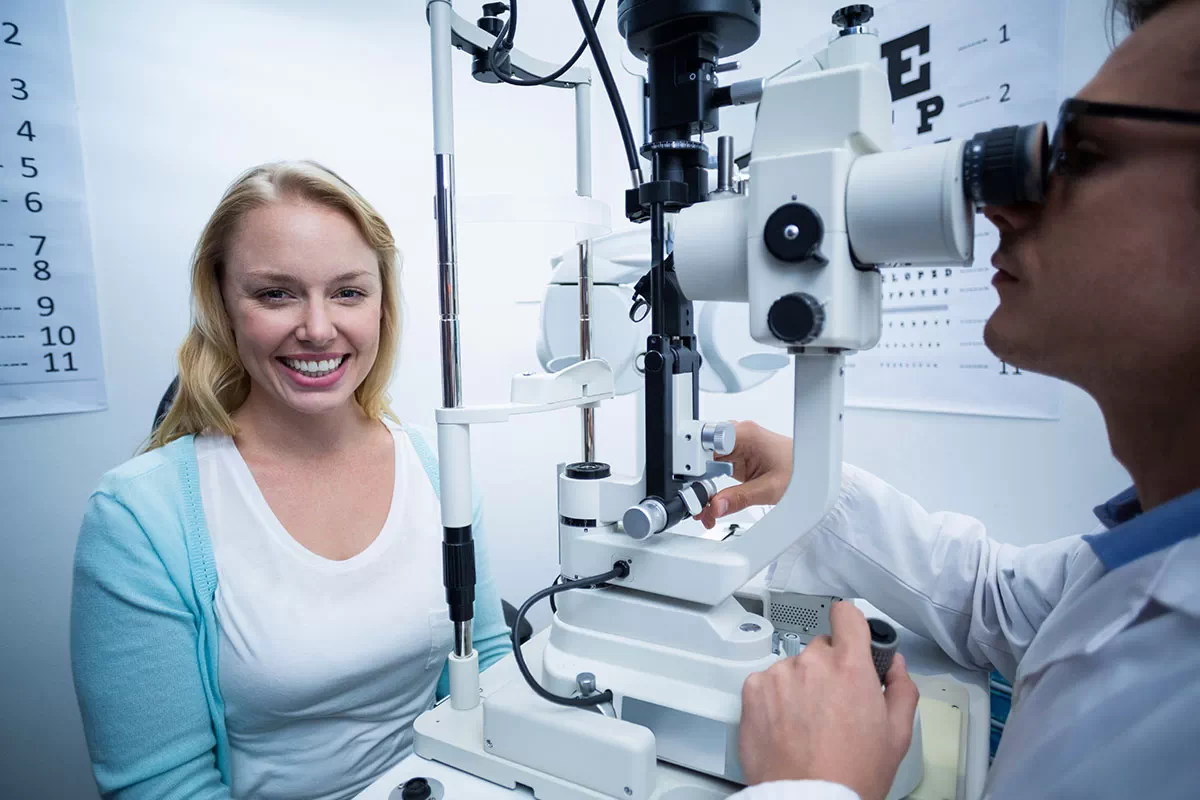Prof. Dr. Suhail Sarwar
What is an Eye Examination?
“Of all the senses, sight must be the most delightful”
Well, no one can deny the fact that eyes are what make us feel alive. Thus, deserve appropriate care and examination like another important thing in your life!
A routine eye examination is the screening process to help diagnose common eye diseases. The proper eye examination is a technical process and requires crucial skills to be done correctly.
Let me tell you that many eye diseases are asymptomatic while they do serious ocular damage to the eye. Performing routine eye examination in Pakistan enables the examiner to identify silent ocular complaints.
Not only this! But the examination can also help in providing the correct referral to an ophthalmologist so that the problem receives the timely care and treatment it requires!
Unlike the common assumption that nothing you do can reverse the damage done to your vision, an eye examination can always save you from extra hassle. Let me be honest with you that it's important to get your examination done when:
- Experiencing vision or eye-related problems
- Looking for early detection and treatment of eye problems that may affect you in the long run if not diagnosed timely
- You have a family history of known eye diseases
- Diagnosed with systematic diseases which are known to affect eyes such as diabetes mellitus etc.
Want to know the reasons for failure in eye treatments? The most common misperception that no care is needed was found to be the most common reason for not seeking eye examinations among people over 40 years of age.
Some common types of examination you should know about!
Visual acuity test
Fundoscopic exam
Slit lamp examination
Eye examination aims at not only checking if your eyes pass the visual acuity test rather it is determining if your eyes are healthy. Thus, many ophthalmologists use slit lamp examination for this.
A slit lamp is a device with several different pieces of equipment. When you visit a doctor, they usually ask you to remove your glasses and put your chin on an arc base and look into the microscope. That device is known as a slit lamp.
Slit lamp examination is usually a part of your regular eye examination. It is done to examine details of the eye from both inside and outside to determine the overall health of your eyes.
Dilated eye exam
As the name suggests, this exam entails dilation as a crucial part of the eye examination. The exam is painless and simple.
Your doctor would use eye drops to dilate your pupil to check for eye diseases that are only visible through a dilated eye exam.
Dilation helps in the clear observation of internal eye regions thus it helps in the early identification of problems that may get worse and cause vision problems.
Confrontation visual field test
It’s another simple yet highly specific test to check the peripheral vision of the client for abnormalities. Without the need for expensive equipment, this test is performed via fingers alone.
A doctor may sit in front of you and check for your peripheral vision by asking you to cover your right eye and tell the number of fingers he may be showing to you. Since a number of eye problems can affect peripheral vision, thus confrontation visual field tests cannot be avoided.
Optic nerve examination
Optic nerve examination specifically focuses on the optic disc where the optic nerves enter the retina of the eye. This exam includes visual acuity, visual field, and analysis of color perception to screen out any eye problem present in the subject.
Eye refraction test
During this assessment, your doctor would ask you to look through glasses with lenses of different strengths to determine which gives the clearest vision.
An eye refraction test is a measure to prescribe the strength of eyeglasses or lenses which may focus light directly onto the retina to provide clear vision.
















